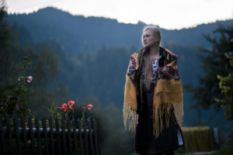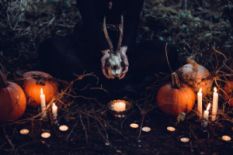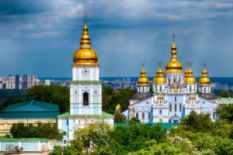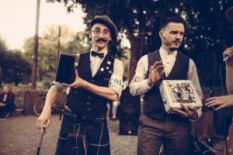This day the location of the Earth is as close as possible to the Sun, which is also located at the southern point of the ecliptic. Our ancestors were thoroughly studying natural cycles for centuries; they quickly realized that it was impossible to change them. Therefore, from year to year, people learned to live in accordance with the natural cycle, because they believed that harmony can be achieved only in this way. It is known that every nation created its own calendar and marked important events in it. Essential rituals and rites were performed those days, as the barriers between the world of people and the spirits were erased, which meant it became possible to communicate with the other world.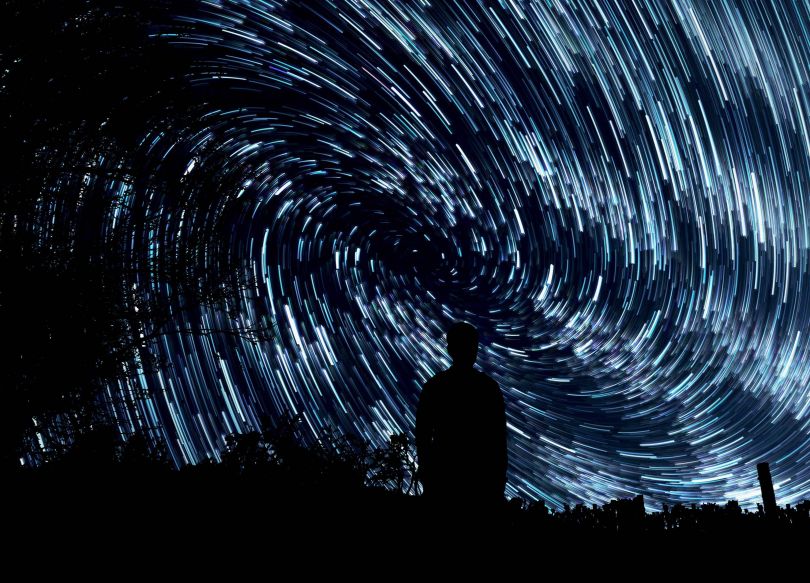
The solstice is one of the most important calendar points of the year in both astronomical and esoteric sense. Since time immemorial, festivals, rituals, as well as magical acts have been associated with this date. And no wonder, it is the shortest day and the longest night of the year. Traditionally, the moment of the winter solstice is taken as the beginning of an astronomical winter. At the dawn of European civilization, the festivities were seasonal, as people deified nature: the sun and the moon. Every nation had a ritual, giving hope and faith in life, in the victory of light over darkness. Often, such rituals were tied to the period of the winter solstice: most people saw a deity in the sun, giving light, warmth, and life. And with the onset of the cold season, this deity warmed ever more weakly, the days became shorter, the world was taken over by darkness, coldness and death.
However, after the winter solstice, the days slowly began to lengthen and the solar deity smiled from the sky more friendly - the year turned to summer. People did not take the victory of the sun over darkness, that is, life over death, as something that goes without saying. They felt that they were a part of this world, they believed that they had their own role in the struggle of light and darkness. Thus, the sun and life will never conquer darkness and death unless people help in this battle, offering prayers and performing the necessary rites. So, the nature of the winter holidays is deeply sacred and magical.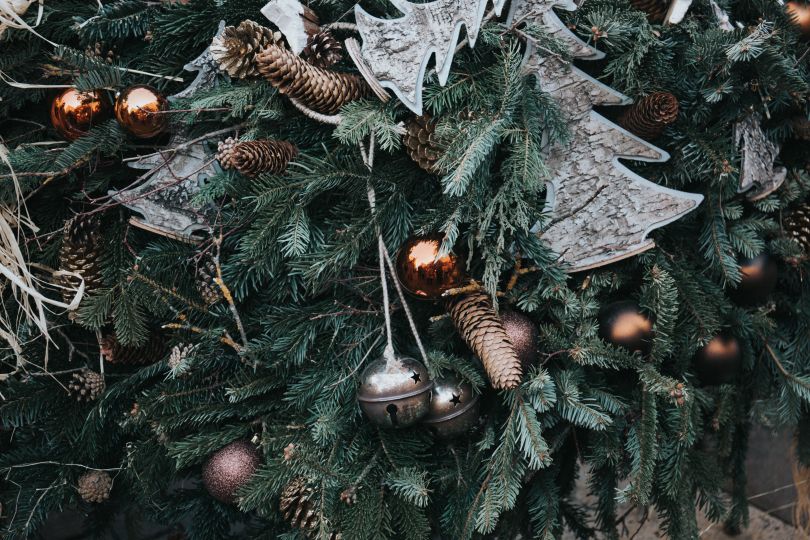
Rather charmingly to know that in the cold northern countries, where warmth and light were especially valued, people organized noisy festivities with sacrifices in order to return the sun and cajole the darkness full of the shadows of the dead. Yule was one of the most important fest. Huge bonfires were made, animals were sacrificed to the dead and the deities of darkness, and animals were esteemed in honour of the sun and fertility. Houses were decorated with holly, mistletoe and needles - it was believed that these evergreens were endowed with magic power to resist the winter death. The fire was also an integral part of these festivities, because he is the brother of the sun.
Full disclosure compels me to add about our Slav ancestors at the winter solstice revered the formidable Karachun that is the middle name of Chernaboga. Karachun Day was celebrated depending on the year from December 19 to December 22 - just at the solstice.
It was believed that it was then that Karachun acquired the power - an underground death deity, commanding an evil spirit with frosts. Karachun retinue was made up of bears-rods, in which snowstorms and blizzards-wolves turned around. According to legends, it is precisely because of a bear desire that the icy winter lasts: a bear turns in its lair on the other side - it means that it remains for winter to go exactly half of the way until spring. 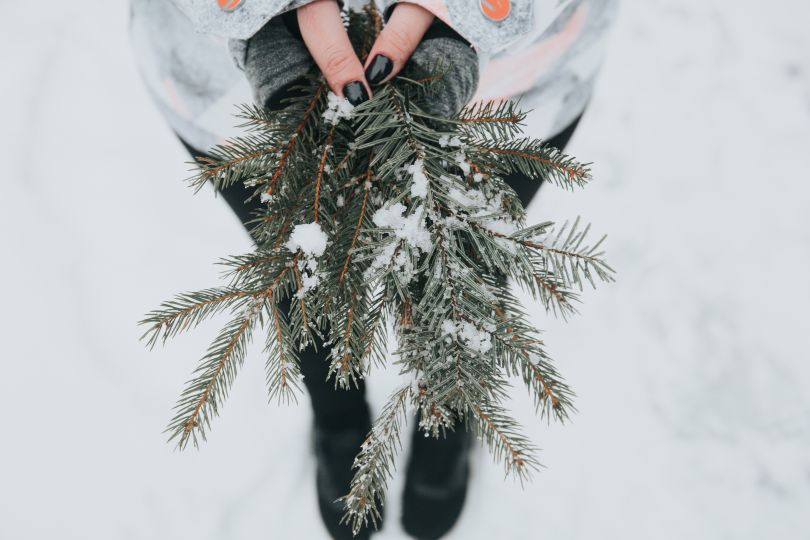
There is an opinion that Karachun got his name because he forced the daytime to go in the opposite direction, backing away, crawling and yielding nights. Tellingly, the word “Karachun” is still used to denote death. Karachun is presented to the Slavs by a grey-bearded old man with a strong expression on his face and a chilling look. He is dressed in a long kaftan of blue colour with a white fringe and winter hat or in a white fur coat and with his head uncovered. And the icing staff in the hands of Karachun. With the beginning of winter, Karachun walks with his retinue to the ponies and sends bitter frosts and blizzards. After the Christianization of the Slavs, the substitution of pagan deities for Christian saints began.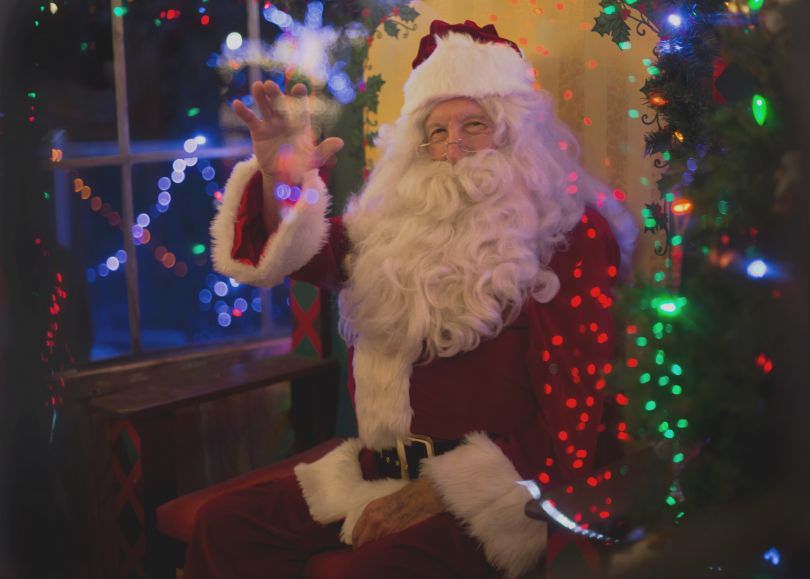
Amazingly enough that the period of commemoration of Karachun roughly coincided with the day of memory of St. Nicholas the Wonderworker, therefore, they began to identify him with this saint. At first it was believed that St. Nicholas would throw gold through the chimney, by night riding around the house, accompanied by Elf Knecht Ruprecht. Hence, the children left their shoes for the night or hung stockings near the fireplaces, from which they should have received gifts. In Catholic countries, St. Nicholas became the prototype of Santa Claus. And in 1860, artist Thomas Nast first created a portrait of Santa: he painted it thick, old, bearded, wearing glasses, wearing a clown red cap and with a pipe in his teeth. Gradually, Santa Claus almost completely ousted from the minds of people his prototype - Saint Nicholas. Well, the modern incarnation of the Slavic Karachun can be considered Santa Claus.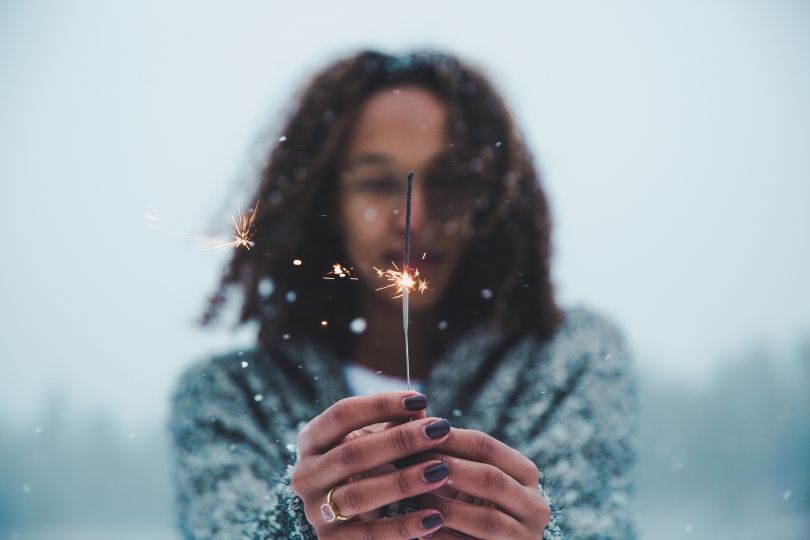
Summarising, the Slavs also considered this holiday a time of renewal and the birth of the Sun, and together with it, and all living things, a time of spiritual transformation, a time conducive to both good material changes and spiritual. During the winter solstice, the Slavs celebrated the pagan New Year, which was personified with the deity Kolyad. Also, the ritual New Year's pies of a round shape reminiscent of the heavenly body were baked. Our ancestors on this day watched the weather with special attention and associated folk signs with it. Here are some of them:
- there is frost on the trees - a generous wheat harvest;
- it is raining - to the wet spring;
- the sun is clear and radiant - the New Year is frosty;
- quiet windless day - good harvest of fruit trees.
We can remember the traditions and learn to respect the nature and its cycles from our ancestors to keep the harmony in this world.
Photos: unsplash.com
Archive 2018-2021
The Day of Winter Soltice: Rites, History, Traditions
Fascinating to know that the winter solstice is one of the four main solar points in the astrological year. As well as the days of the summer solstice, the spring and autumn equinox, December 21 is considered to be an important day in astrology.
